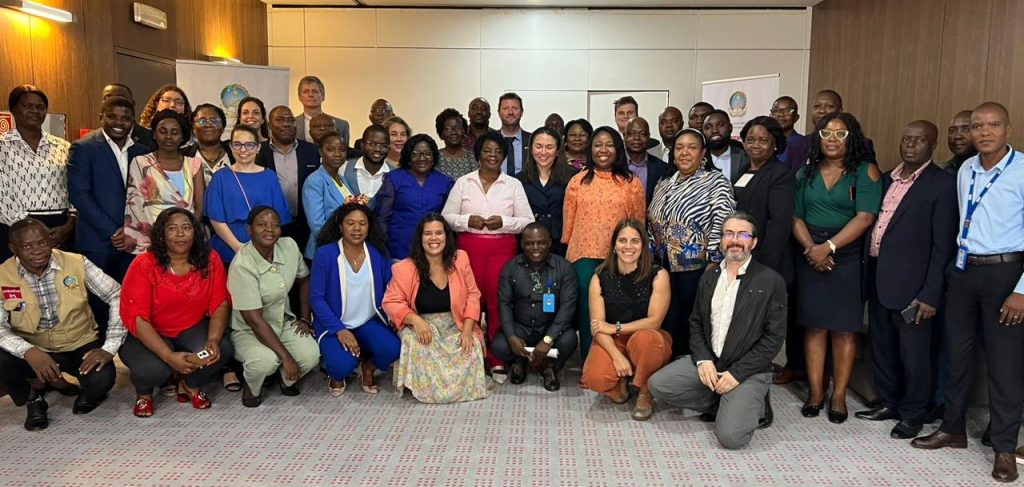The National Malaria Control Program (NMCP) of Angola and Breakthrough ACTION project led a meeting recently to discuss the initial results from a Malaria Behaviour Survey conducted in three provinces between March and April 2023. The survey aims to understand the behaviours and perceptions of the general population towards malaria prevention, treatment, risks, and consequences.
MENTOR supported the implementation of the survey over a period of five weeks, during which teams interviewed 3,148 families, 3,476 women, and 785 men in Lunda Sul, Cuanza-Norte, and Zaire Provinces.
Specialists from Breakthrough ACTION were in Luanda for three days to discuss the data with the NMCP and prepare the preliminary results presentation. Technicians from the public health department, partners from other government agencies and NGOs, and provincial malaria focal points (central and provincial level) also attended the meeting, to learn more about the determinants and behaviours towards malaria in Angola.
Dr. Fatima, IEC Coordinator of the NMCP, said, “This study is of great importance for Angola and the NMCP. The data collected on people’s behavior and perceptions will help to adapt strategies for the prevention, control, and elimination of malaria.
This study was a great personal learning experience. It was also an opportunity for the country to show and prove that it can do qualitative studies. Thanks to MENTOR and Breakthrough ACTION, who worked with us from day one to do the study.”
The results will be released to the public in the coming weeks. Breakthrough ACTION and the Malaria Behaviour Survey are funded by the U.S. Agency for International Development (USAID) and U.S. President’s Malaria Initiative under the terms of Cooperative Agreement No. AID-OAA-A-17-00017

